Paralleling the Toro 5410 DPA Reels
Today I decided to go through the procedure of how we set-up our new 5410 DPA cutting units. I have seen a lot of posts lately regarding the set-up of the reels or issues with the quality of cut so this is part 1 of how we set the machine up starting with what I feel is the most important thing on setting up a cutting unit and that is Parallel.
To start this off we are using the 5″ 11- blade reels.
The first thing I started with on the first reel was to get a baseline of how far the cutting unit was out of square from the factory. We first set the height of cut at .500 with a digital dial indicator. Then we used our dial indicator that we use for checking parallel to see how far out of square the cutting unit is. In this photo you will see that the cutting unit is .005 out of square. For a factory reel this is excellent however this one was the best of the bunch. They ranged from .005 to .015 out of square which is still really good for a set of 5 reels.
Now that we have established that the cutting unit is out of square the big question has always been now what do you do? Normally you would loosen some frame bolts to try and get the .005 out of it or put a shim in to get you close. Yes most people would let .005 slide however I like for things to be as close to perfect as we can get them. The last thing I want to happen is a machine to come in for a quality of cut issue because we didn’t care to go the extra mile to make sure what we sent out was set-up to the best of our ability. So I took my concerns to Toro and presented the facts that while they have improved the cutting unit in many ways the ability to make it perfect doesn’t exist and explained the circumstances why and the fact that as a perfectionist some of us want the opportunity to make our equipment perform better than any other. It is what gives us that slight edge over another course to look that little bit better. “Enter the Prototype Eccentric Bolt” – I have to give huge props to The Toro Company for not only listening to a customer who wanted the best out of their equipment but the willingness to say you know your right that makes sense and build it. So here is a first look:
So now after the shock and awe comes the real test does it work? So in order to use the kit there is a little bit of a process to installation and here is how we did it.
1st – We want all the eccentric bolts to be on the same side of the cutting unit so we elected to go with the left side and will remain consistent with that through the fleet.
2nd – We removed the left side rear roller mounting hardware and installed the new provided hardware turning the eccentric slit to about the 7:00 position. You will reuse the spacers they will be installed along with the kit.
3rd – We put a block of wood under the cutting unit to take the weight off the back roller on the right side of the cutting unit. Here we will install the provided spacer to equal out the back roller. The reason is that in making the eccentric it was a little thicker and this spacer/shim takes up the space difference on the right side of the cutting unit.
4th – We complete the installation of the shim/spacer.
Once the installation is complete we then go back and reset the height of cut. We are seeing that the difference in height after installing the kit is about .050 which will slightly add to the aggressiveness of the bed-knife angle. We then went back and fine tuned parallel and it doesn’t get any better than absolute 0.
We wanted to see where we were on bed-knife attack angle so here is what we have things set at.
The last adjustment we wanted to make was to adjust the rear roller brushes. In order to make this adjustment I gave a call to a friend of mine John Patterson at PGA National to find out his best practice when setting his roller brushes. He stated they were using a business card to set the clearance from the back roller and was having great results with brushes not wearing. So we implemented the same adjustment.
Overall I think the cutting units are great. They are easy to adjust and now to parallel. The big test comes on whether the eccentric bolt holds its place during operation which we will be evaluating. However I do have a bit of a critique. They did a great job on the cutting unit up until you look at the height of cut adjuster where it is a bolt and a lock nut to make the adjustment.
I cannot give a critque without giving my suggestion on how to fix this. So here it is take the same idea from the DPA Triplex reel and put it on the fairway reels. This adjuster doesn’t have such coarse threads and overall functions much better.
You might also like
Prototype VBlock Calibration Gauge
I wanted to write today about a new VBlock Calibration Gauge that I recently recieved from SIP Grinders. I think one of the main things I want to do today
2013 Byron Nelson Championship in 2 Weeks
We are in full prep mode for the 2013 Byron Nelson Championship which is here in 2 weeks and so I thought I would share a few photos and some of
Continuing to Make a Difference
I have been asked over my career about many of the position choices I have made and how I chose them. I think career decisions are defined in many different


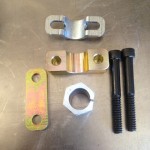
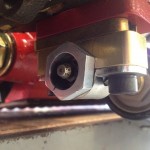
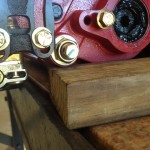
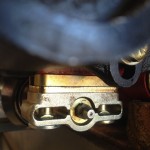

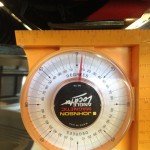
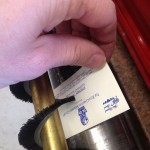
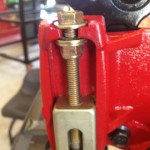
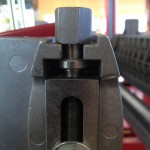




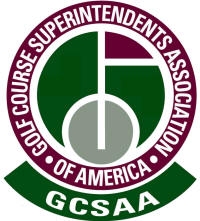
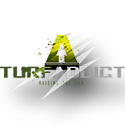

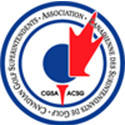





0 Comments
No Comments Yet!
You can be first to comment this post!